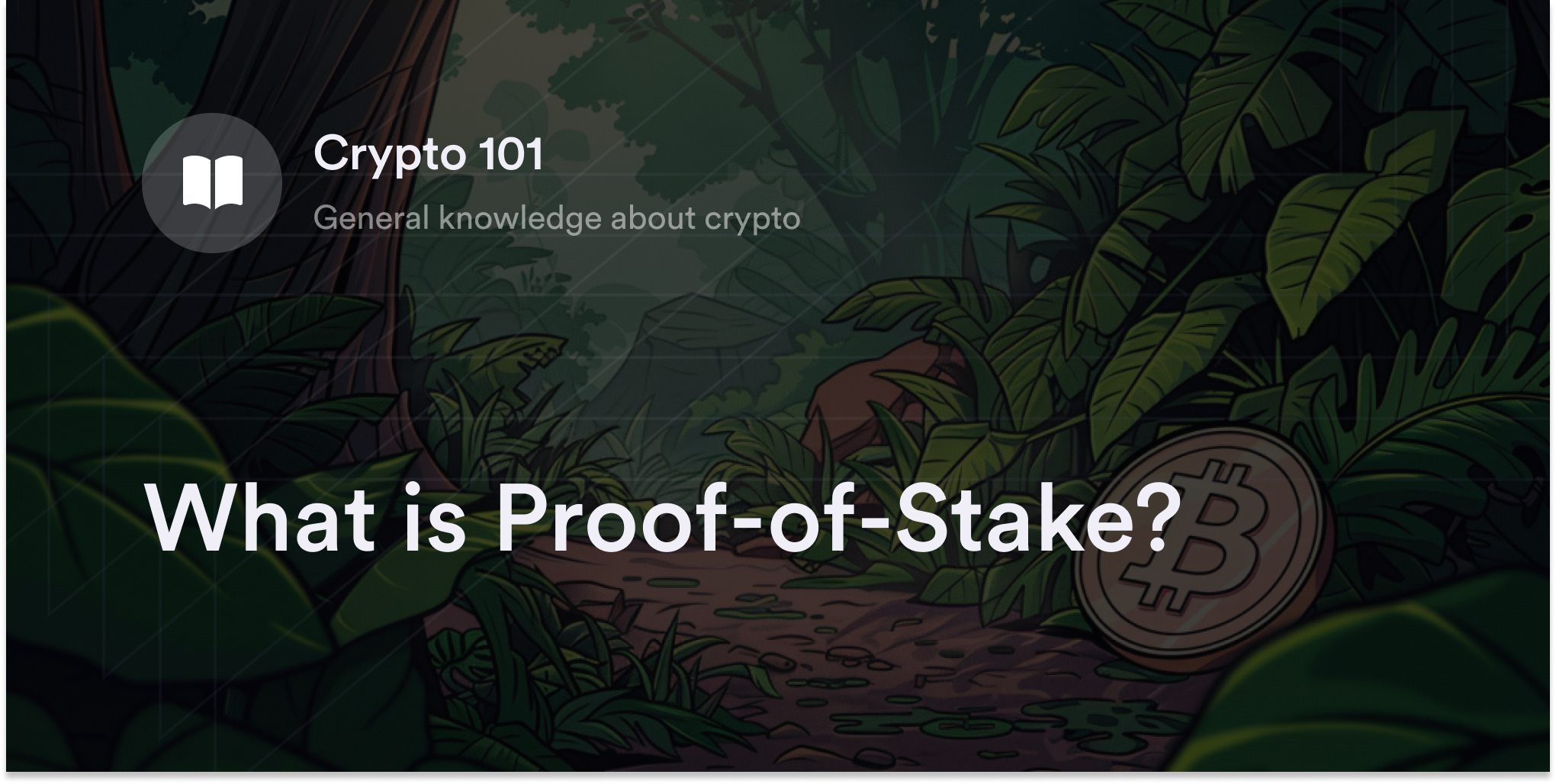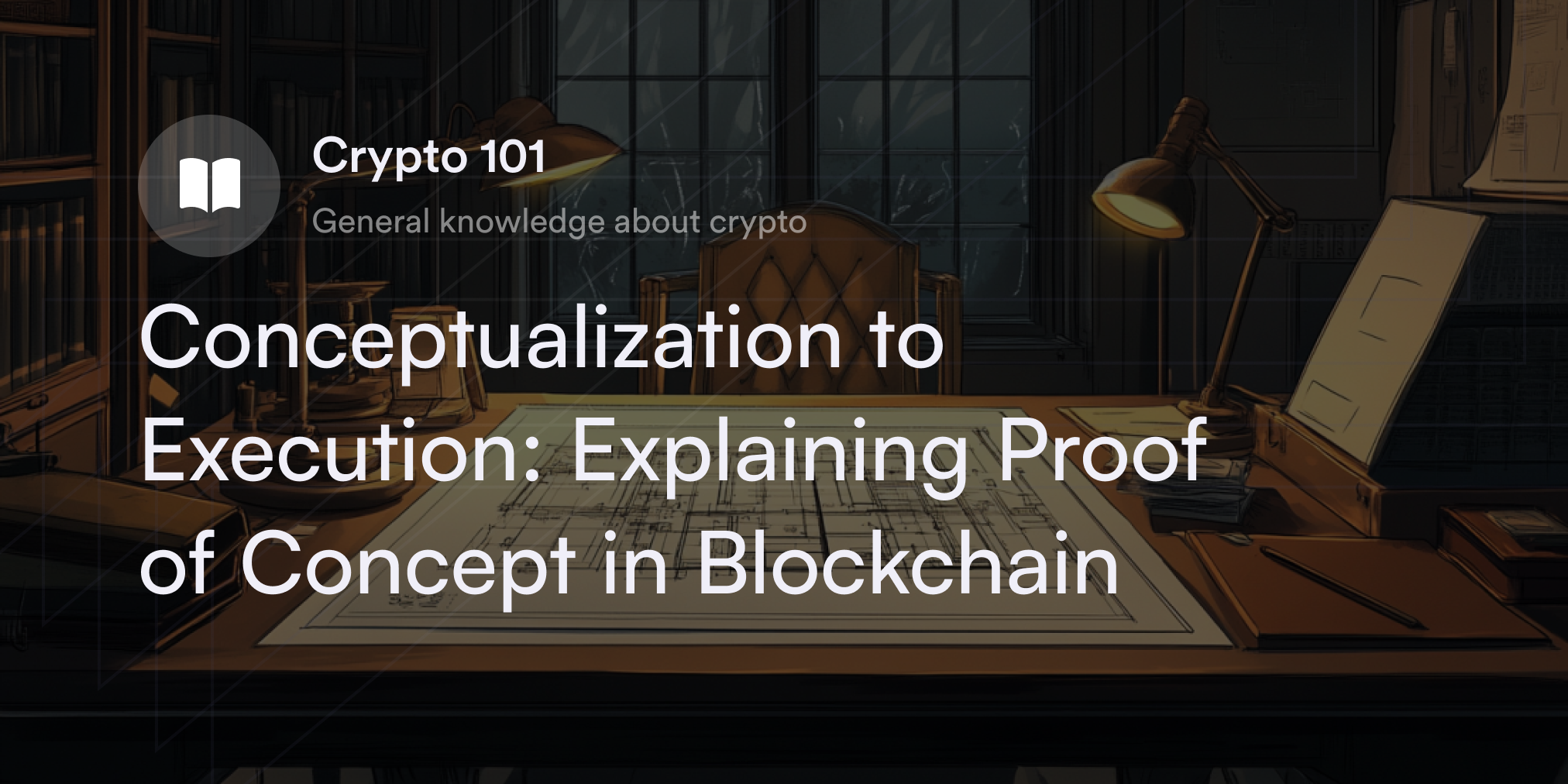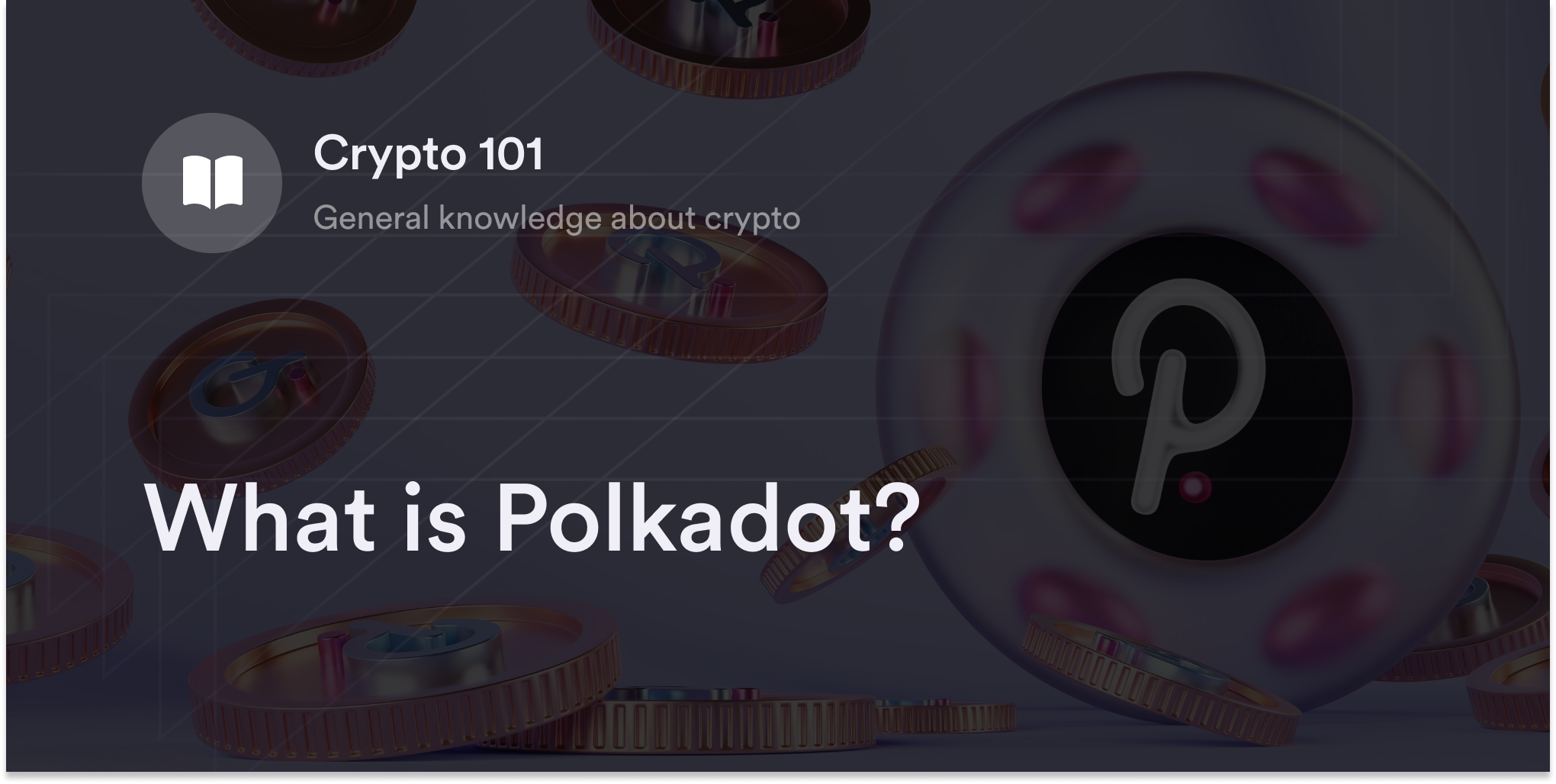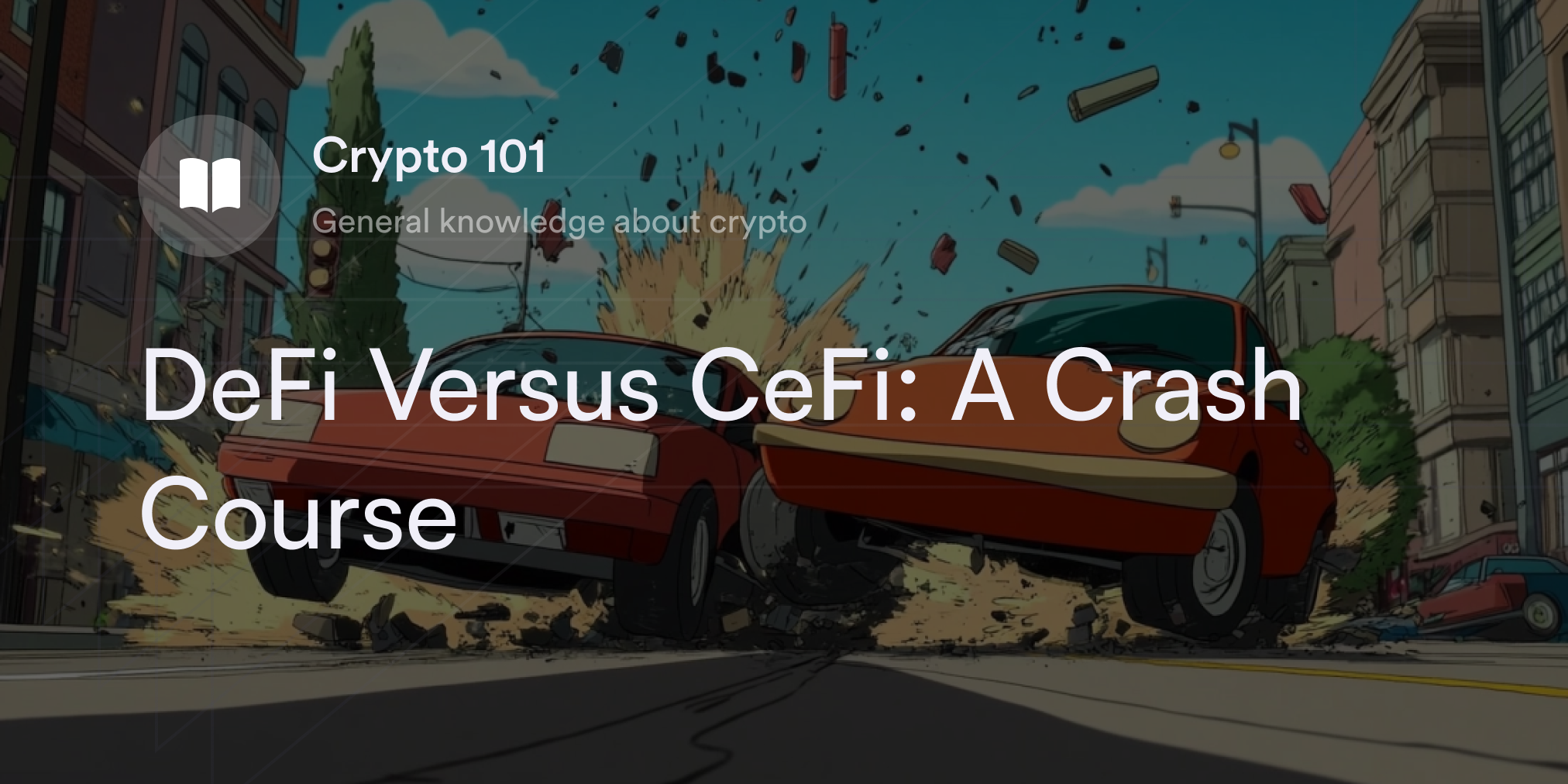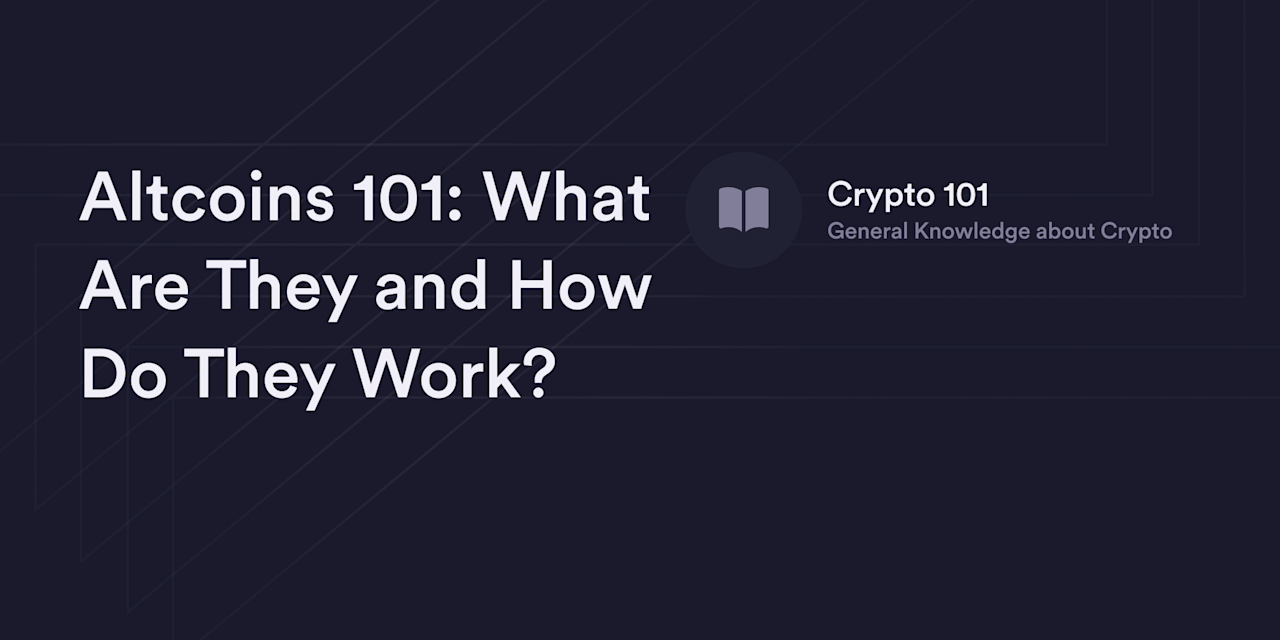


Bitcoin (BTC), conceived by the pseudonymous Satoshi Nakamoto, stands as a bastion of scarcity in the cryptocurrency market. The digital asset was intricately designed with a finite supply cap of 21 million coins. Since its inception in 2009, Bitcoin has methodically released nearly 19 million tokens into circulation, with the final coins projected to emerge by 2140––a slow march to completion, deliberately engineered.
This pace of Bitcoin's release is anchored in a unique, code-embedded process called halving, which is the lever that modulates the flow of new Bitcoins, ensuring their gradual and diminishing issuance. Let’s explore the ins and outs of halving, including its working, impact, and significance.
What is Bitcoin halving?
Bitcoin halving refers to the process by which the reward for mining new blocks is halved, meaning miners receive 50% less Bitcoin for verifying transactions and adding new blocks to the blockchain. The Bitcoin halving cycle happens approximately every four years and is fundamental to Bitcoin's design.
The halving event directly impacts the mining process, which involves using computational power to solve complex mathematical problems––validating transactions and securing the blockchain. When the mining reward is halved, it effectively reduces the rate at which new Bitcoins are created and released into circulation. This slowing of supply growth is akin to an anti-inflationary measure, ensuring the cryptocurrency doesn’t suffer from the devaluation typically seen in fiat currencies with unlimited supplies like the U.S. dollar.
How does halving work?
Mining is the backbone of the Bitcoin network. Bitcoin halving is triggered by the blockchain itself, based on the number of blocks mined, not by time. Specifically, halving occurs every 210,000 blocks. Given that a new block is added approximately every 10 minutes, this event happens roughly every four years.
During a halving event, the reward that miners receive for adding a new block to the blockchain is cut in half. For example, when Bitcoin first started, the block reward was 50 Bitcoins. After the first halving, it was reduced to 25 Bitcoins, then to 12.5, and so on. This halving continues until the maximum supply of 21 million bitcoins has been issued.
The purpose of halving is twofold. Firstly, it controls inflation. By gradually reducing the rate at which new Bitcoins are created, Bitcoin mimics the scarcity and deflationary properties of precious metals like gold. This scarcity is intended to increase or maintain the value of Bitcoin over time. Secondly, it is a part of Bitcoin's long-term economic policy to ensure all Bitcoins aren't mined too quickly. By slowing down the mining rate, halving extends the lifespan of the reward system for miners, ensuring network security and stability for a longer period.
How does halving affect Bitcoin?
Bitcoin halving is often viewed as a consequential event that could potentially influence the crypto’s price, but the actual impact on its value is not straightforward and remains uncertain. Here's how halving can affect Bitcoin:
Supply and demand theory: The basic economic principle of supply and demand suggests that as the rate of new Bitcoin creation decreases due to halving, and if demand remains constant or increases, Bitcoin’s price might rise. This is underpinned by the idea of scarcity value––as Bitcoin becomes rarer, its perceived value could increase.
Speculative anticipation: Often, the market anticipates the halving event, leading to speculative investment and increased buying activity. This can temporarily drive the price. However, this is influenced by market sentiment and trader behavior, which are inherently unpredictable.
Miners' economics: Post-halving, miners' rewards are halved, potentially affecting their profitability. If the price of Bitcoin doesn’t increase sufficiently to offset the reduced block reward, some miners may find it unprofitable to continue mining, leading to a consolidation in mining activities. This could affect the network's hash rate and security, albeit temporarily, until the market adjusts.
Historical precedence and future uncertainty: While past halving events have been followed by significant price increases, understanding that these occurrences were also influenced by a wealth of other market factors is essential. Relying solely on historical patterns (like the Bitcoin halving chart) without considering the current market environment, technological advancements, regulatory changes, and broader economic factors can be misleading.
History of halving
Each halving event has been a milestone, shaping the landscape of Bitcoin and the broader crypto market. Let's take a stroll down memory lane and look at the Bitcoin halving dates:
First halving: The initial halving occurred in November 2012, with the mining reward dropping from 50 to 25 Bitcoins. This event was a significant test of Bitcoin's economic model and its deflationary nature. Bitcoin's price gradually increased following this event, setting a precedent for future expectations.
Second halving: The next event took place in July 2016, where the reward halved again to 12.5 Bitcoins. A growing awareness of Bitcoin and a burgeoning crypto market marked this period. Bitcoin experienced a notable bull run post-halving, reinforcing the narrative that halving events could trigger price rallies.
Third halving: The most recent halving was in May 2020, which reduced the mining reward to 6.25 Bitcoins. This event occurred amid a global pandemic, adding a unique twist to Bitcoin's narrative. Despite the macroeconomic uncertainty, Bitcoin maintained its growth trajectory, further cementing its status in the digital asset space.
When is the next halving?
Although the precise timing of the next Bitcoin halving is not set to an exact date, it can be estimated based on Bitcoin's mining protocol. As Bitcoin halving events occur every four years, the next event could take place in early 2024. This estimate is based on the average time of 10 minutes it takes to mine a single block. However, it's important to note that the actual time between blocks can vary slightly due to network hash rate fluctuations and mining difficulty adjustments.
So while a general timeframe for the next halving based on past patterns and the average block time is available, the exact date remains subject to the actual mining speed of the Bitcoin network leading up to the 210,000th block from the last halving.
What will happen when all Bitcoins are mined?
When all Bitcoins are mined, a significant shift may occur in the Bitcoin ecosystem, fundamentally changing the incentives for miners:
End of mining rewards: The primary incentive for miners currently is the block reward, including newly minted Bitcoins. Once all 21 million Bitcoins are in circulation, no more block rewards will be available in the form of new Bitcoins.
Reliance on transaction fees: Miners will have to rely solely on transaction fees as their financial incentive for validating and adding new transactions to the blockchain. These fees are paid by users to prioritize their transactions and are already a part of the mining reward, but post-2140, they’ll become the only revenue source for miners.
Impact on network security: Some speculate no block rewards might reduce the number of miners, as not all might find the transaction fees sufficient compensation. This could potentially affect the Bitcoin network's security and processing power. But if Bitcoin continues to increase in value and usage, higher transaction volumes could result in sufficiently lucrative transaction fees to maintain an adequate number of miners.
Economic implications: The fixed supply limit is an essential feature of Bitcoin's design, intended to prevent inflation. Once all bitcoins are mined, Bitcoin will become a deflationary currency. This could have various economic implications, potentially increasing its value over time, provided it continues to be widely used and accepted.
Learn more about Bitcoin with dYdX Academy
Bitcoin’s journey, from inception to the eventual mining of its last coin, represents an evolution in the world of decentralized finance (DeFi). Events like crypto halving play pivotal roles in shaping the landscape of digital assets, impacting everything from market dynamics to mining incentives. To learn more about Bitcoin and altcoins, head to the dYdX Academy. Also, check out our official blog for more updates and the latest happenings about our platform and products, and eligible traders can start trading on dYdX today.
Disclosures
The content of this article (the “Article”) is provided for general informational purposes only. Reference to any specific strategy, technique, product, service, or entity does not constitute an endorsement or recommendation by dYdX Trading Inc., or any affiliate, agent, or representative thereof (“dYdX”). Use of strategies, techniques, products or services referenced in this Article may involve material risks, including the risk of financial losses arising from the volatility, operational loss, or nonconsensual liquidation of digital assets. The content of this Article does not constitute, and should not be considered, construed, or relied upon as, financial advice, legal advice, tax advice, investment advice, or advice of any other nature; and the content of this Article is not an offer, solicitation or call to action to make any investment, or purchase any crypto asset, of any kind. dYdX makes no representation, assurance or guarantee as to the accuracy, completeness, timeliness, suitability, or validity of any information in this Article or any third-party website that may be linked to it. You are solely responsible for conducting independent research, performing due diligence, and/or seeking advice from a professional advisor prior to taking any financial, tax, legal, or investment action.
You may only use the dYdX Services in compliance with the dYdX Terms of Use available here, including the geographic restrictions therein.
Any applicable sponsorship in connection with this Article will be disclosed, and any reference to a sponsor in this Article is for disclosure purposes, or informational in nature, and in any event is not a call to action to make an investment, acquire a service or product, or purchase crypto assets. This Article does not offer the purchase or sale of any financial instruments or related services.
By accessing this Article and taking any action in connection with the information contained in this Article, you agree that dYdX is not responsible, directly or indirectly, for any errors, omissions, or delays related to this Article, or any damage, injury, or loss incurred in connection with use of or reliance on the content of this Article, including any specific strategy, technique, product, service, or entity that may be referenced in the Article.


